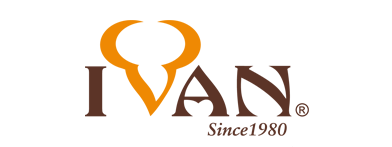
5 Options for Cutting Leather
There are many options available for leather cutting but knowing which one to use can be confusing. Overall knives and cutters all have their place in a crafter's toolbox and depends on what you are working on, you may simply prefer one tool over another. In the ideal world, you'll have a few tools for different tasks that will guarantee no leather cutting task is beyond your reach.
We'll walk you through 5 different options when it comes to cutting leather.
- Leathercraft Shears
Cuts garment upholstery and lighter veg-tanned, easy to fine tune or round an edge on medium to lightweight veg-tanned. Leather shears are available in variety of blade length, shorter scissors are more suitable for detailed work; while longer scissors are better for long straight cuts.


- Craft Knife
This knife can cut fine shapes with great deal of precision. Allowing you to get into those tight spots which would usually be unreachable. This is particularly useful for making wide range of internal cutouts without needing a bunch of punches and cutting detailed filigrees.


- Utility Knife
The utility knife is frequently needed for cutting all sorts of things in leather and most crafts. Commonly designed to have a small fixed blade or retractable blade. Utility knife is very versatile and works great for curves, straight lines and pretty good for intricate cuts. Blades are easy to replace, no need to sharpen.


- Rotary Cutter
The best option for cutting deerskin, sheepskin, garment suede and many other soft pliable leather. This roller knife will not pull leather out from under the blade and give you a straight cut. This tool also give you the ability to quickly and accurately cut fringes and trim lightweight veg.

- Round Knife/ Trim Knife
Excellent for cutting, beveling and skiving leather of all thicknesses. Three tools in one. The knife can be used with a straightedge, a template, or following a scribed line or even free hand. For skiving, it is best to use a hard surface like a polished marble or glass rather than cutting board to prevent the cutting edge digging into the surface. Round knife requires regular honed and polished to keep the edge razor sharp.


Watch this short video to see these cutters in action:
To find the knives and cutters best suited for your needs, please visit cutting & blades.

